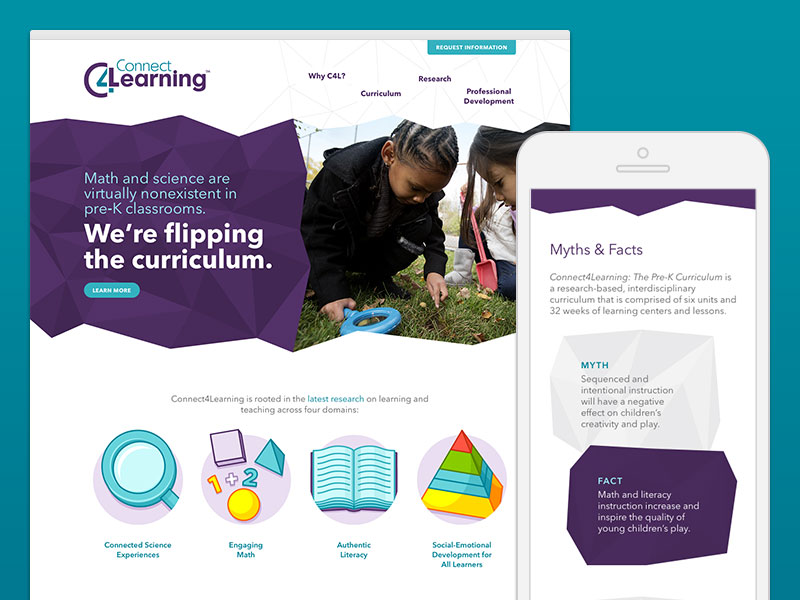
Making a website can be both scary and exciting! How can you figure out what you need to do and how to do it? The tips in this article should help you figure out your basic planning so you can get started on the right foot.
Pay attention to the way the different colors you use on your website interact. You have to be certain that your text will be readable on top of the background colors you use. In general, a light background with darker text is much clearer than the reverse situation. If you can’t decide if the colors are right, ask someone you know for feedback.
Go through all links on any page on your website carefully to make sure there are no links that are broken before you upload the page. The worst experience for a visitor is to have interest in learning more only to click the dreaded dead end link. Links can be checked manually, and you can also find software that will check your site to see if there are any broken links.
Have you considered writing a newsletter? Let your customers sign up for important events and updates so that they return to your site. Stick the sign-up form in a spot that’s out of the way, such as in a sidebar, and keep good records of those who sign up. You should then only send your newsletter to people who have requested it, or individuals could sue you for unsolicited emails.
Take the time to do keyword research. Although content is important, you must develop a customer base using keywords. Knowing the keywords that will bring visitors is crucial.
Understand what your purpose is. If you’re going to use your site to blog or something like that, you must know what you are talking about. Providing misleading information to your consumers will only cause them to leave your site. Figuring out your subject will help you blog better.
Your content should be useful and interesting. The actual site design “look” is important, but content is king. When the content on your site is valuable and useful, visitors will continue visiting your site.
Consider visitors when constructing your site. A good web designer will always remained focused on the needs of the end user. Factors of note are usability, accessibility, user experience and interaction. You need to take this into consideration. View the site’s design from the potential visitors’ perspective.
You don’t have to fill all available space when designing a site. If you are using every single available pixel, the website may feel extremely cluttered. Dividing up your site’s elements with blank space, can make it easier for visitors to distinguish what elements perform what function. White space is often even more valuable than a flashy design and layout.
Avoid using pop-up ads whenever possible. A big part of web design is definitely integrating PPC ads to earn a few bucks, but having ads that pop-up and obstruct your visitors’ view is just annoying. People won’t want to return to your site. Your ads should be simple, direct and engaging, without pop-ups.
HTML5 is what you’re going to need to learn about if you’re trying to do well with web design. HTML5 will help to improve your chances of success.
Make sure your domains, as well as your sub-domains, have taglines that are clearly visible. Use large or bold font so that your visitors notice these taglines right away. This tagline let’s people know what the page is about and whether or not they should stay there or not.
If you happen to be working with FileZilla, then take advantage of built-in features such as quick menus that immediately pull up your username, port, domain and even passwords. This makes it simple whenever you log back into the server, because all you do is click on the menu and select personal settings. This simple tip will allow you to log onto your server quickly.
So you just launched your website and you think the designing process is done, right? Think again. Maintain your site and keep it up-to-date. Updating doesn’t need to be daily, but you must find a regular schedule and follow through consistently. Regular updates are crucial, especially if your website hosts anything relating to current events. Luckily, keeping website current isn’t as overwhelming as tending to a blog. Website updates require more time and work.
Don’t pay for information on how to create a website. It could possibly be a poor investment. You will find a tonne of literature available to help you learn the skills you need. Much of the information available is free. Expensive books don’t hold more information than ones that are free.
The more technology advances, the more importance there is on staying current with web design. The future for most companies is reliant on websites. Many business owners have found that having a website can help them earn more money than ever before.
Error Pages
Make your error pages as helpful to the viewer as possible. Sometimes visitors click a link that is broken and receive an error page. Design your error pages so that you give a visitor a reason they may have gotten that error, along with a link to your home page so that they remain on your site.
Now that you’ve reached the end of this article, you are ready to dive in to the creation of your site. Create a budget, make sketches, and find advisers. You will soon see that you can create a webpage without spending too much.